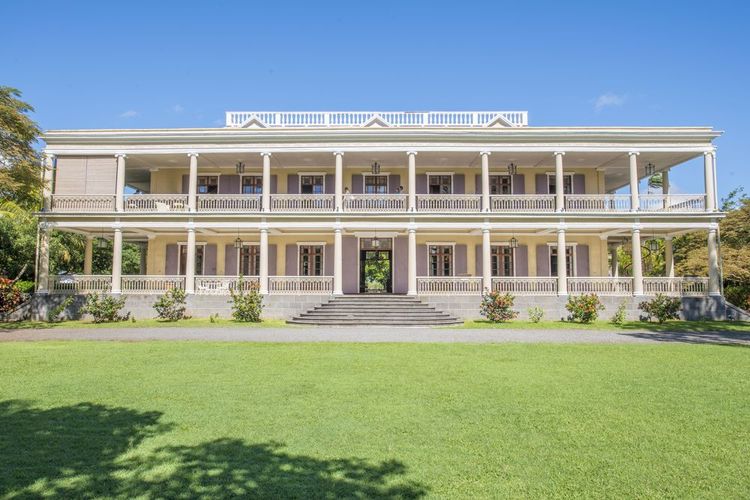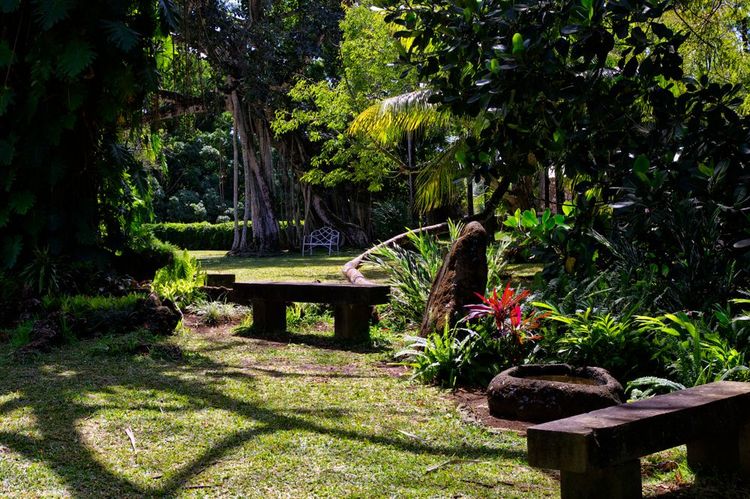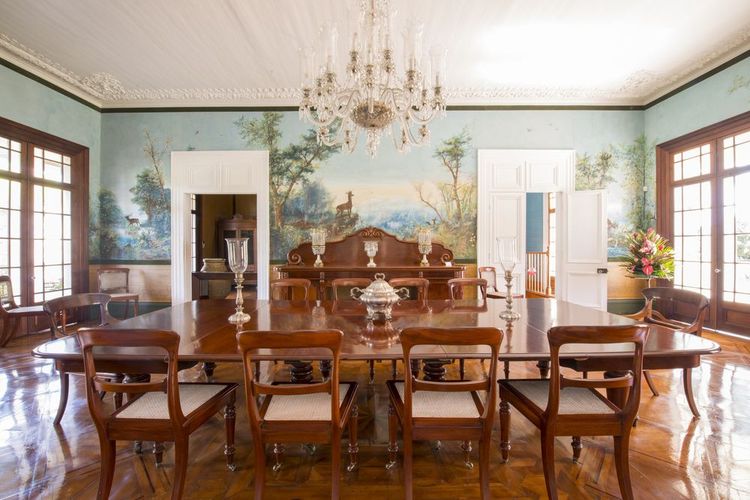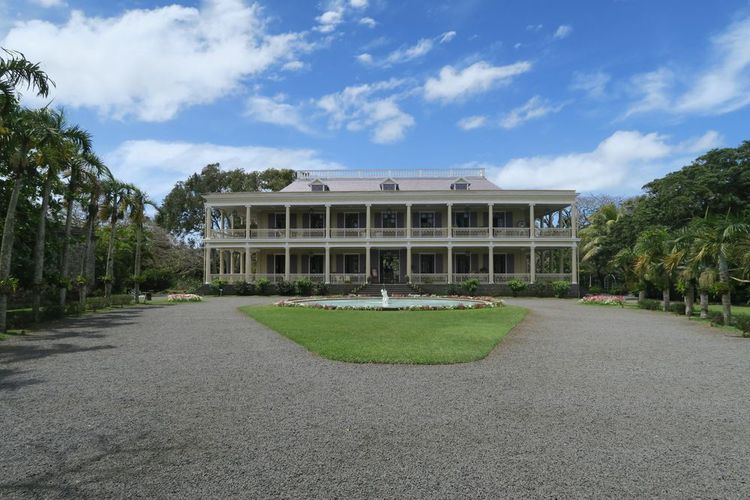Back to colonial times. Founded by the Wiehe family (who still own it) in 1776, the estate covers 540 hectares. The château, built in 1856, is in a style typical of 19th century colonial residences. Long privately owned, the grounds are now open to the public and can be visited in almost their entirety, from the drawing rooms to the dining rooms and bedrooms. Luxurious period furniture is on display.
 Mauritius
Mauritius












